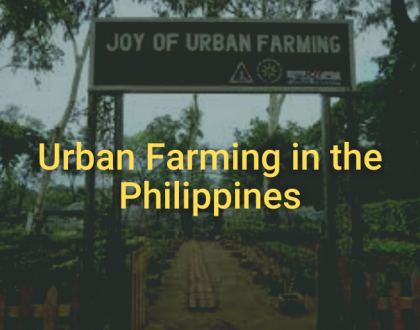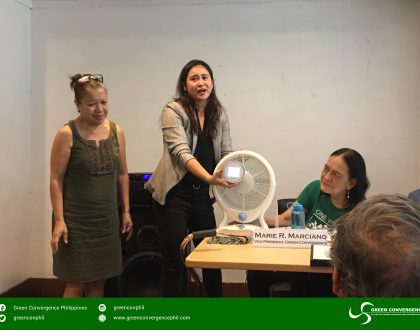Inclusive Mobility Conceptual Framework
JULIA NEBRIJA recently graduated with a Master of Urban Design from the City College of New York, Bernanrd and Anne Spitzer School of Architecture. She earned her undergraduate degree in International Affairs with concentrations in International Development and Latin America, at the Elliott School of International Affairs at the George Washington University, in Washington, DC. As a volunteer, student, intern, and professional, Julia has directed her energy towards understanding global development issues and helping underserved populations improve their standard of living. She is drawn to projects which focus on social, economic, and environmental impact, and has a range of work experience including grant writing,
qualitative research, urban reporting and program management.
In 2015, the Asia-Pacific Economic Cooperation (APEC) Transportation Ministries approved to develop an inclusive mobility framework to be adopted by all APEC economies including the Philippines. The most inclusive modes of mobility are also the most environment-friendly. It serves the needs of all – elderly, children, persons with disabilities (PWD), poor, women, students, workers and vendors.
The government needs to give back the streets to the people, to move people not vehicles through walking and mass transportation. Bicycle use is a form of mass transport.
And a new sdewalk reduces the number of people getting hit while walking along the road by nearly 90 percent. Examples of infrastructures that promote inclusive mobility: Marikina Bikeways, Iloilo Esplanade, Roxas Boulevard Baywalk in Manila, Emerald Avenue Bike lanes in Ortigas, University of the Philippines Oval in Diliman, Quezon City, and Calle Crisologo in Vigan City.
Recommended Posts

Kabataan Para sa Kalikasan!
February 26, 2021

Environmental Forum: ‘Kailangan pa rin ang green spaces sa urban area’
November 23, 2020

Green Convergence to LGUs: ‘Invest in green spaces!’
October 23, 2019
